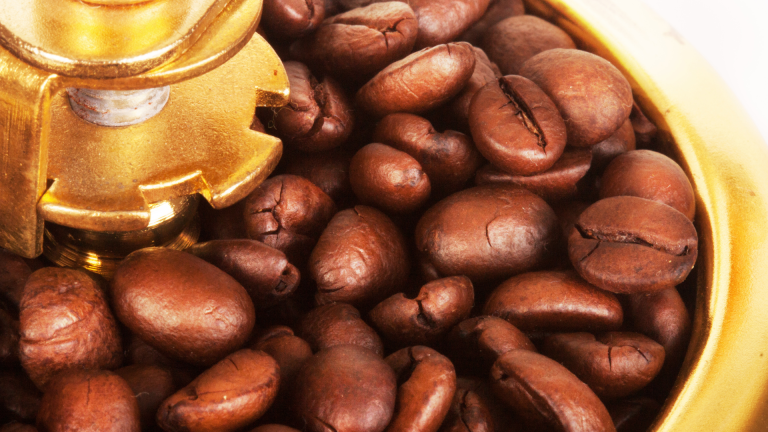How do you know what size coffee grind to use?
Alex | October 16, 2022

With so many different ways to brew your coffee, how do you know what coffee ground size to use? Of course, if you have an office coffee machine, it’ll automatically grind your coffee to the correct size. However, if you’re using alternative methods to brew your coffee using say a cafetiere, cold brew, drip coffee, stove top, pour-over, Aeropress and so on, you need to ensure the size of your coffee ground is perfect.
If you have coffee grounds that are too coarse for the process, you’ll get a cup that’s weak and under-extracted. Conversely, if you’re using a finer grind, you may end up with a cup that’s bitter and over-extracted. When brewing, it’s best to avoid over-extraction and under-extraction and instead stay in the middle for a good all-rounded flavour.
What is under-extraction?
Under-extraction is when the water doesn’t pick up the coffee flavour as it passes through the grounds. This can happen when you use the wrong filter or the water temperature is wrong. However, the biggest factor in under-extraction is that your coffee grounds are too coarse so the water runs through too fast. This results in a bland and weak cup of coffee which will taste acidic and slightly sour.
What is over-extraction?
Over-extraction is when the water picks up too much flavour as it passes through your grounds. You’ll find that this happens due to coffee beans that are too finely ground so the water sits in the grounds for too long. In this case, you’ll get over-extracted coffee that tastes bitter and unpleasantly strong.
What type of grinder do I need?
Grinding your own beans is easy and it results in a fresher-tasting coffee. This is because once coffee beans are ground, within just fifteen minutes they start losing their flavour. That’s why freshly ground is best if and when possible. The main two types of grinders are blade and burr.
Blade grinders
Blade grinders use a propeller action that chops the beans. Most have only a single button that, when pressed, causes the blade to spin. The texture of the grind depends on how long you grind them. The longer you grind, the finer it will be.
Blade grinders are easy to use and affordable but they don’t grind consistently. They tend to create differently-sized grounds that will brew at different rates. Often coffee made with grounds from a blade grinder is unbalanced, so we prefer to use a burr grinder.
Burr grinders
Burr grinders are different in design and performance from blade grinders. Two burr pieces funnel coffee beans through a grinding area where the beans are ground to a more uniform size. These uniformly-sized grounds extract at the same rate so, therefore, produce a more balanced brew. They are slightly more expensive than a blade grinder but we promise it’s worthwhile.
What grind do I need for my coffee?
Cafetiere
A coarse grind is best for a cafetiere. Think of a chunky texture a bit like sea salt. This texture will stop your coffee from becoming over-extracted.
Cold brew
We love a good cold brew and this works best with an extra coarse grind. Find your largest grind setting and go with that so your coffee can brew slowly overnight in cold water.
Drip coffee
For your drip coffee maker, opt for a grind that’s medium to fine – think of a texture that’s similar to smooth sand.
Stovetop pot
Stovetop pots, similar to espresso makers, require a fine grind size like the texture of table salt.
Pour-over
Pour-over coffee brews best with a medium to medium-fine grind size, but try a few different textures until you find the perfect balance.
AeroPress
Choose a grind size between medium and fine for the AeroPress for a delicious full-bodied cup of coffee.
Need a hand? We’re here to help…
If you need any advice about your office coffee, all of our team are Specialty Coffee Association trained so we can help you with any of your queries. Just get in touch with us.